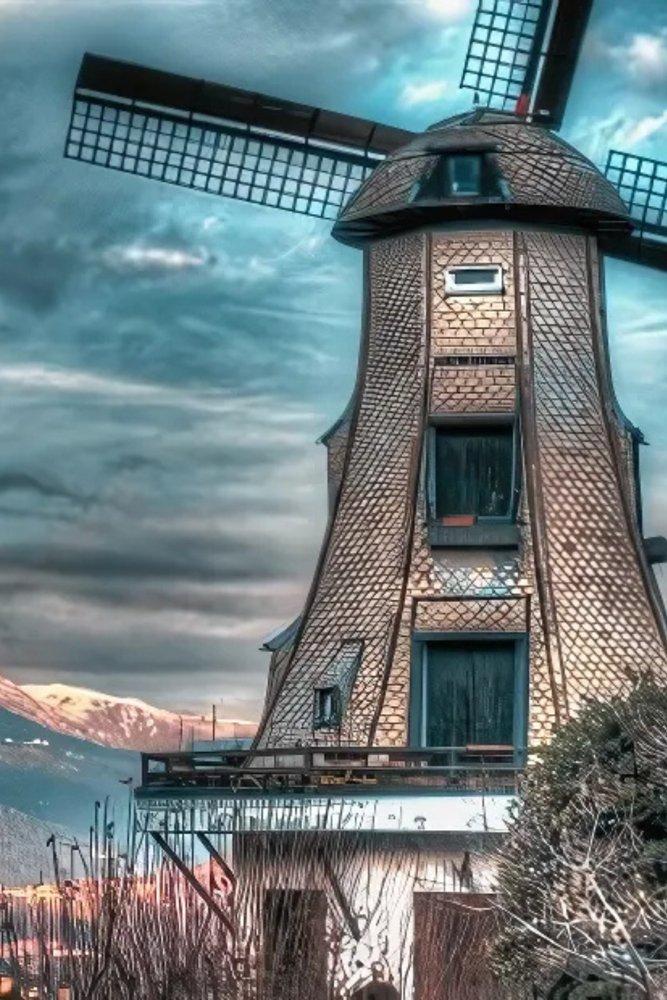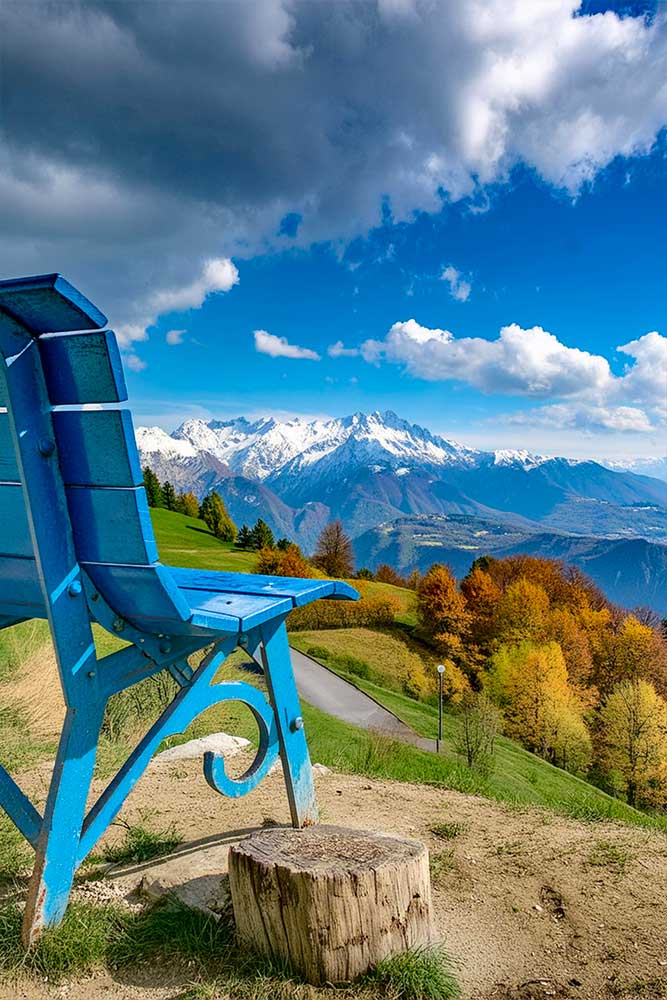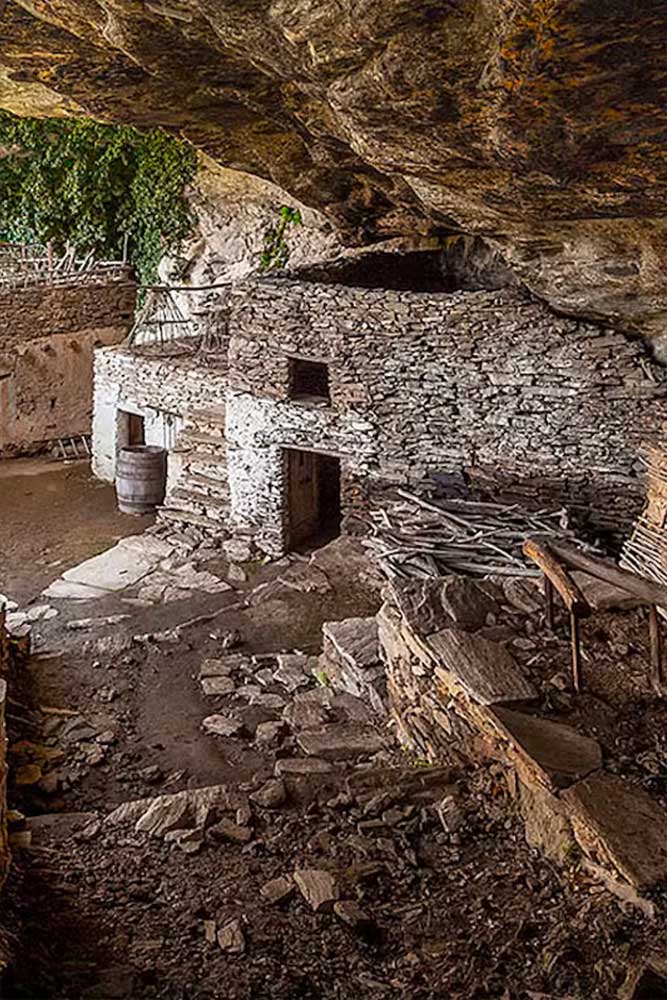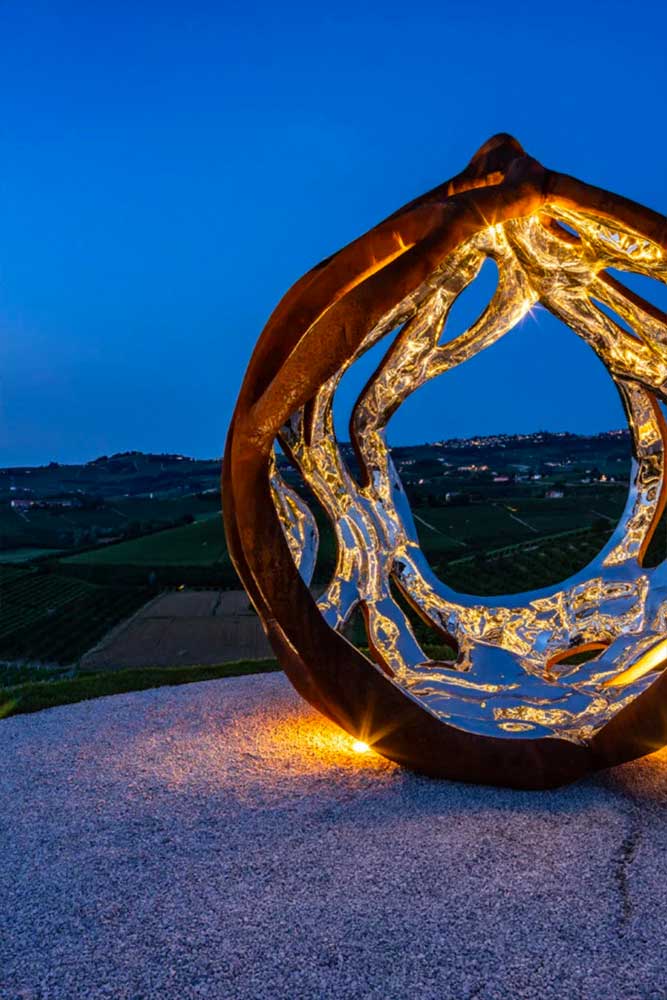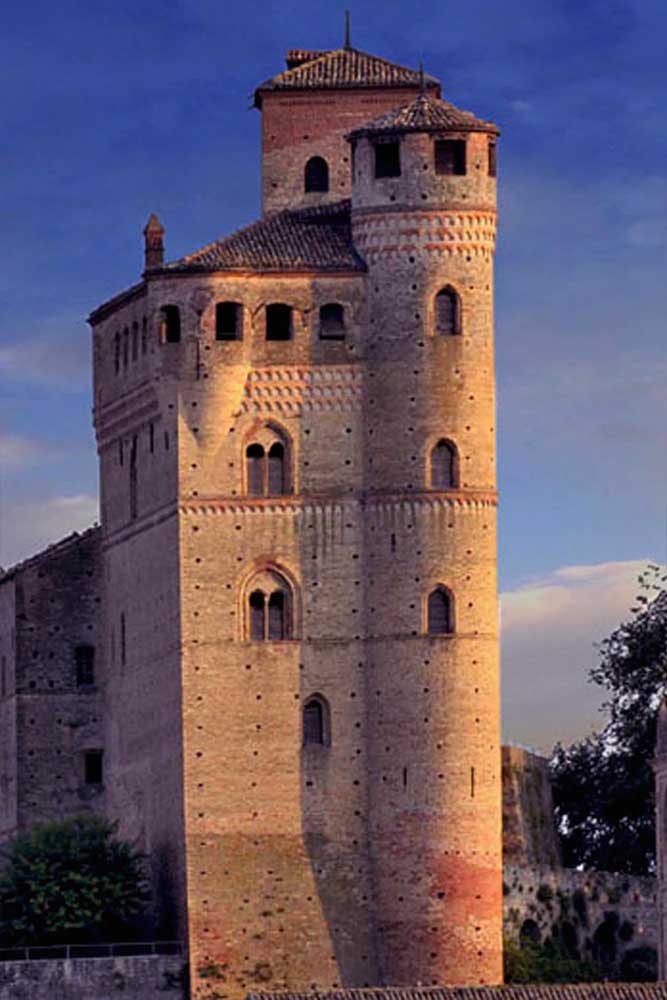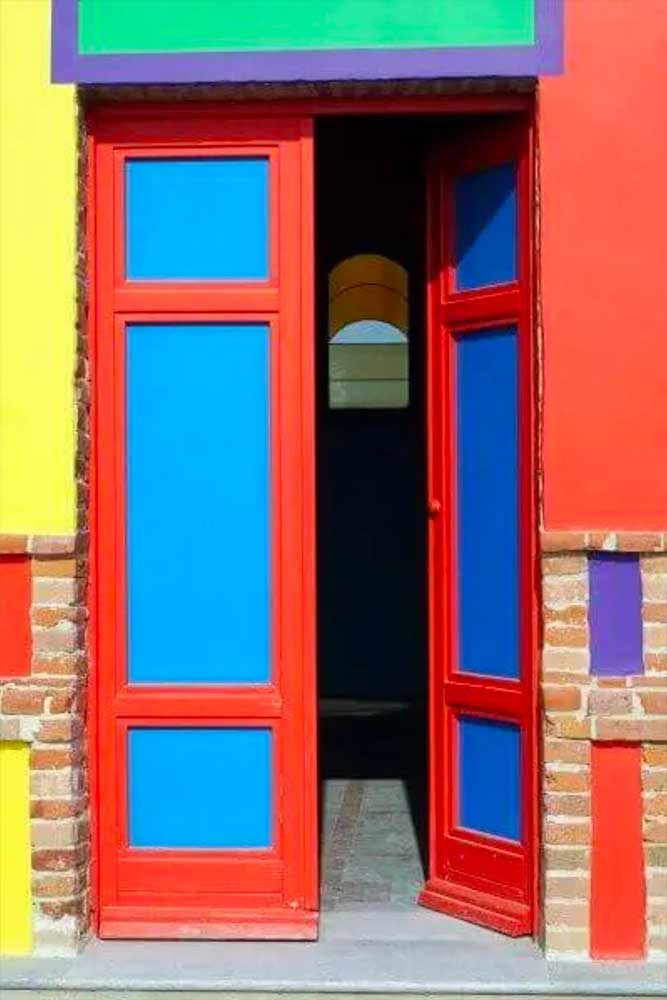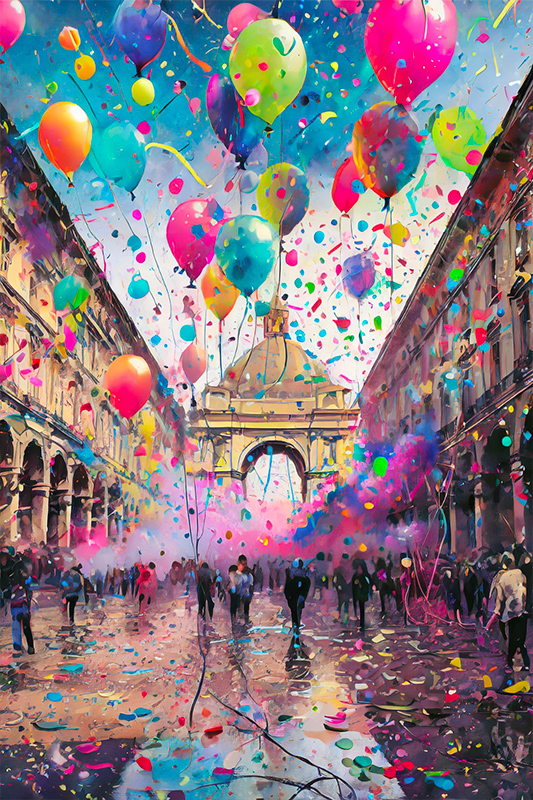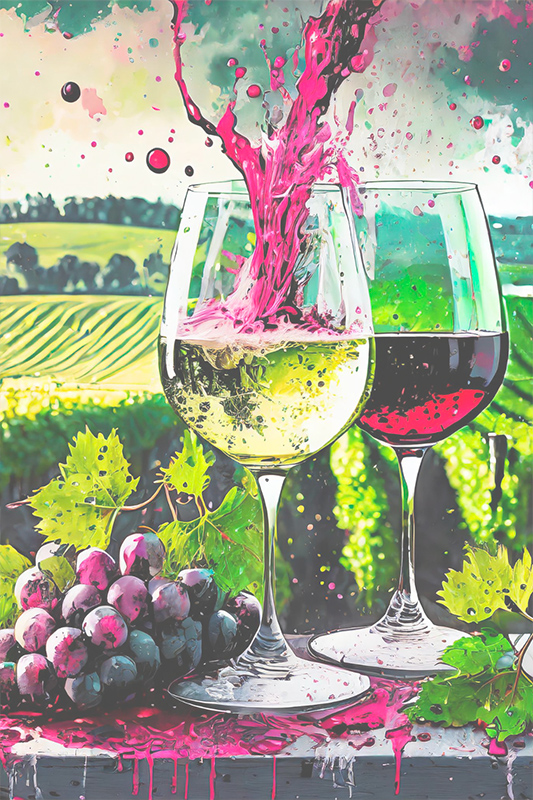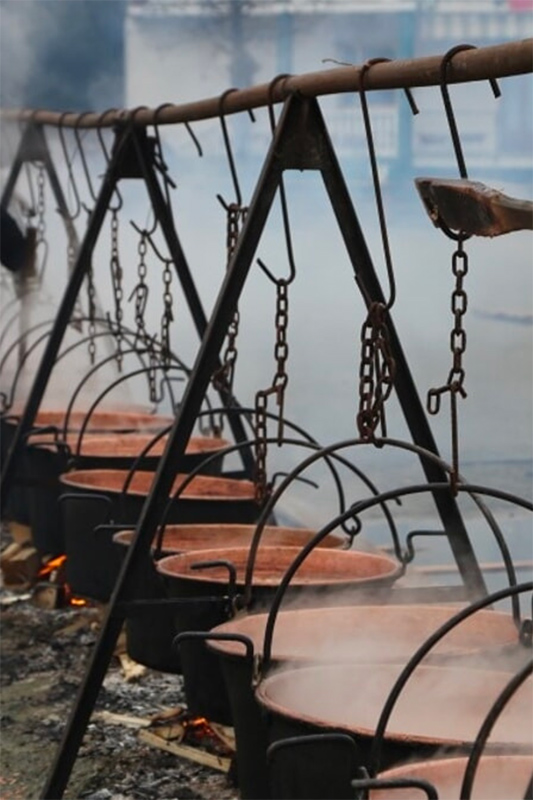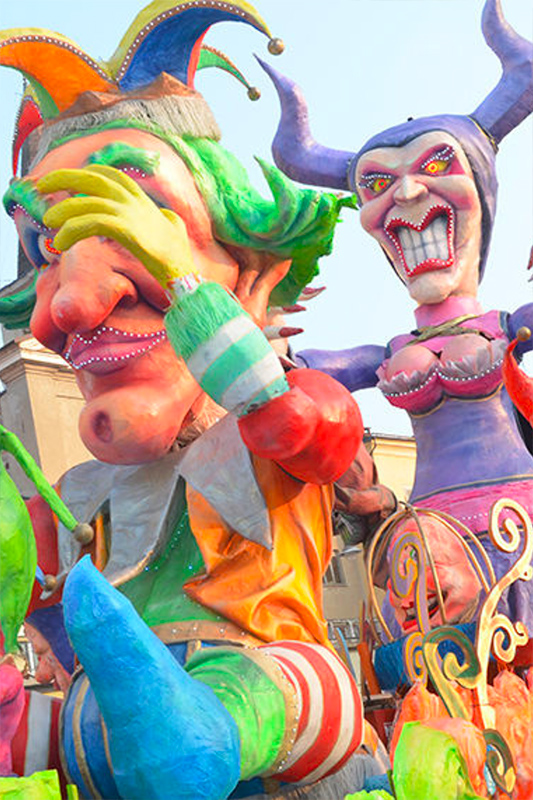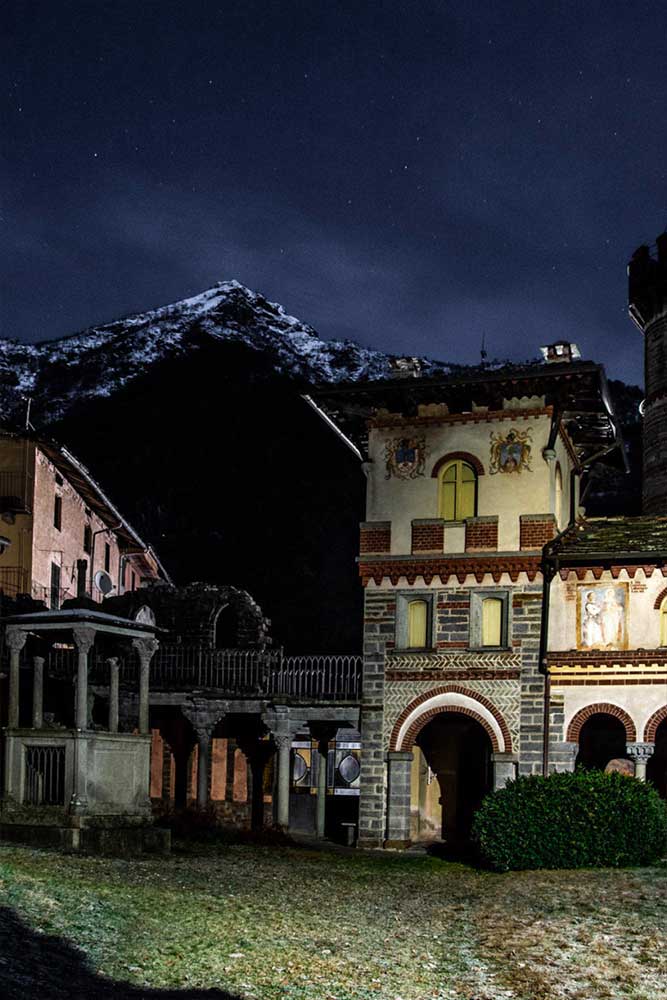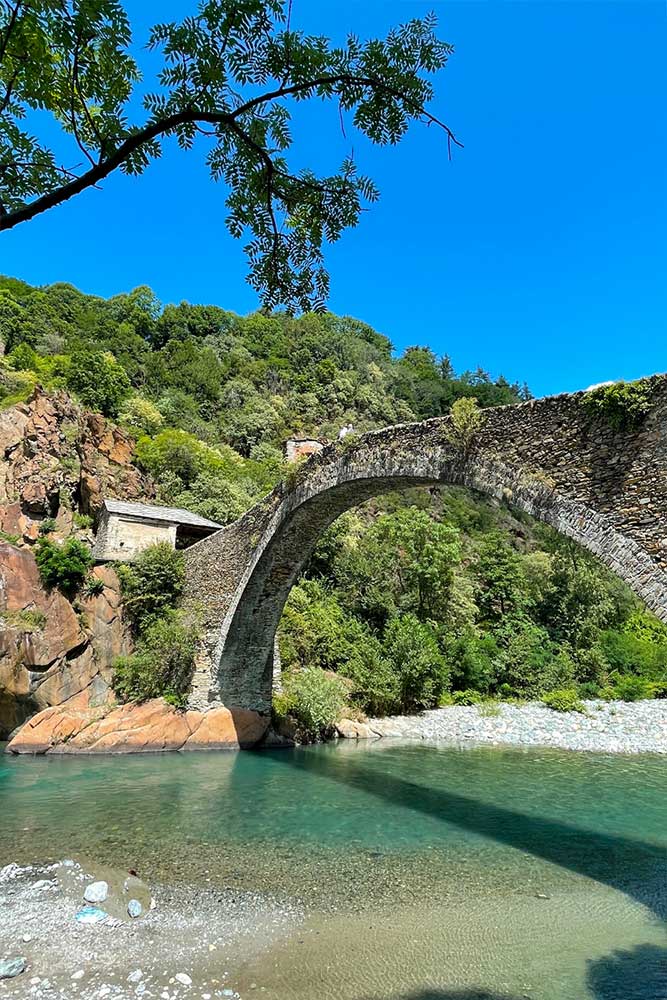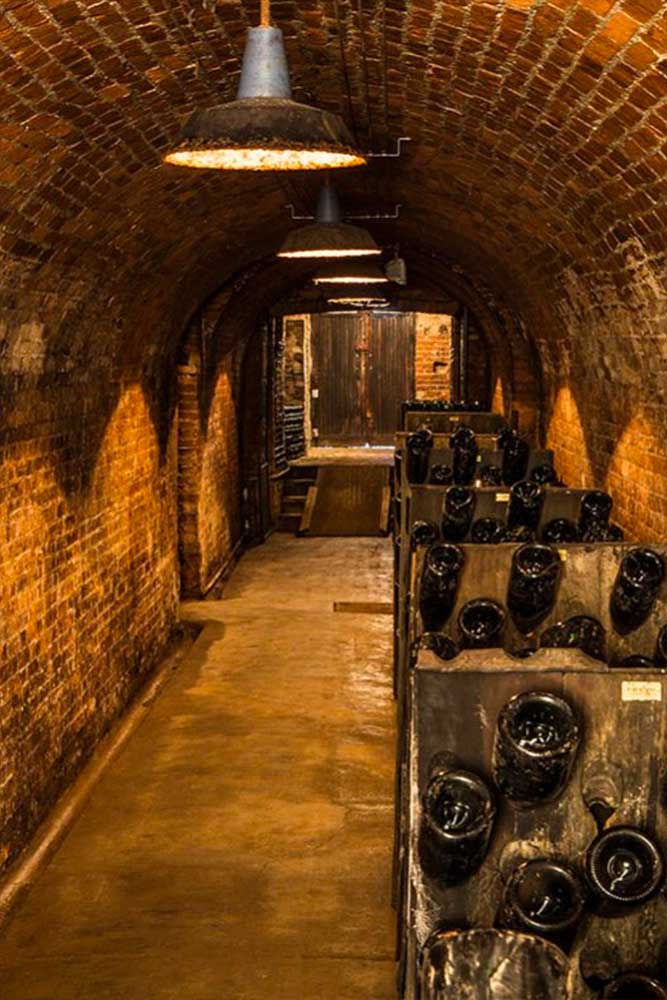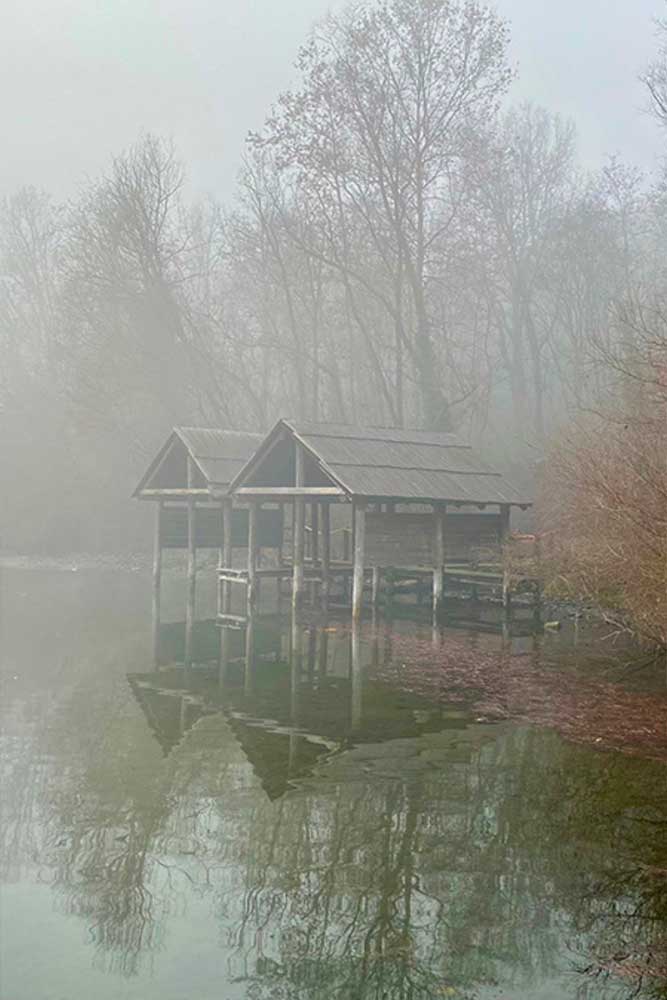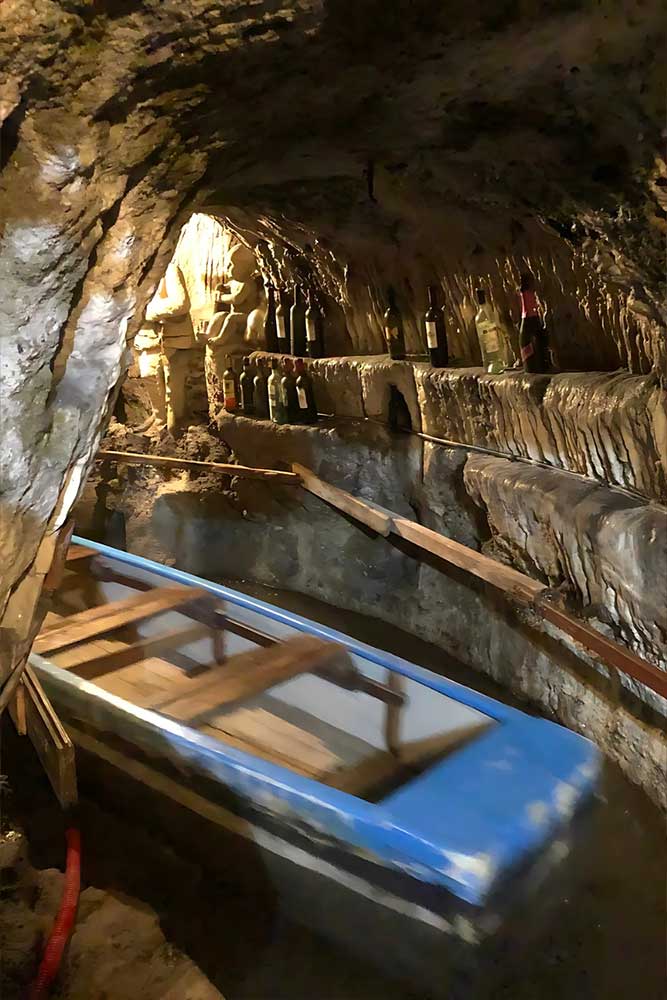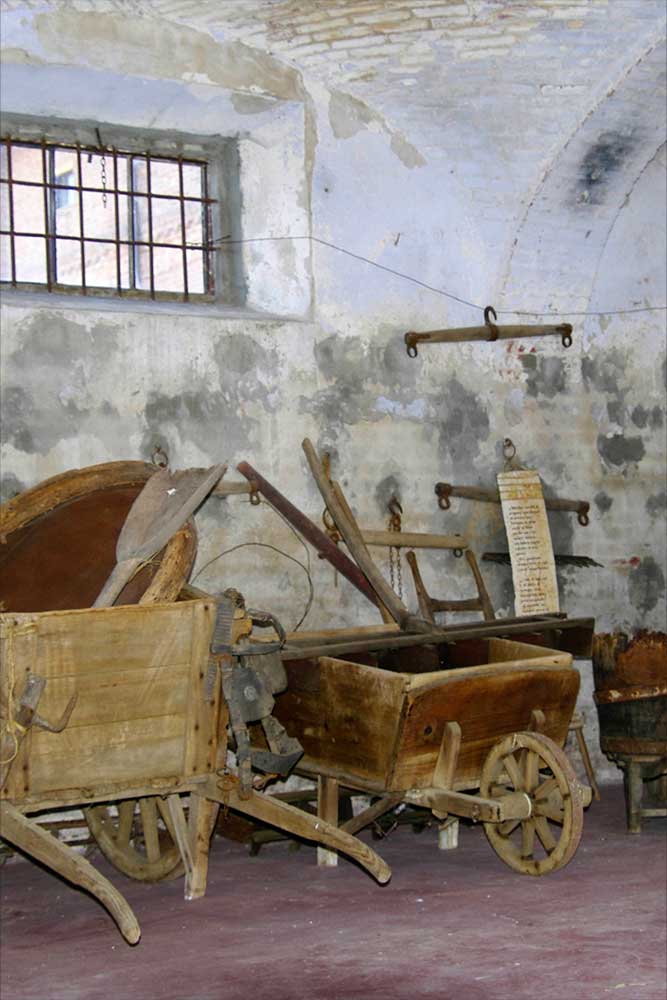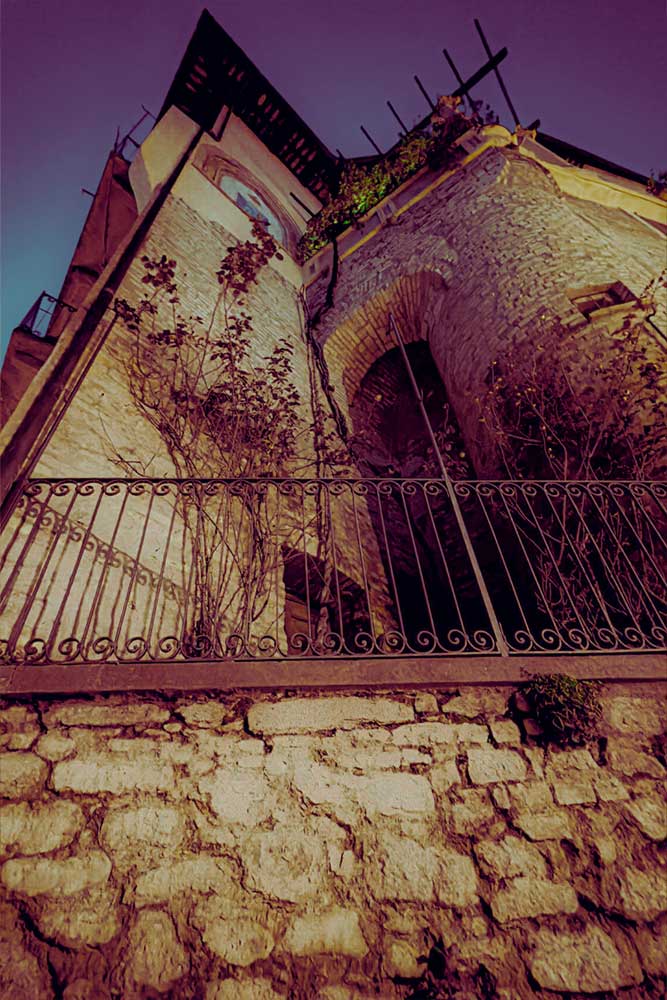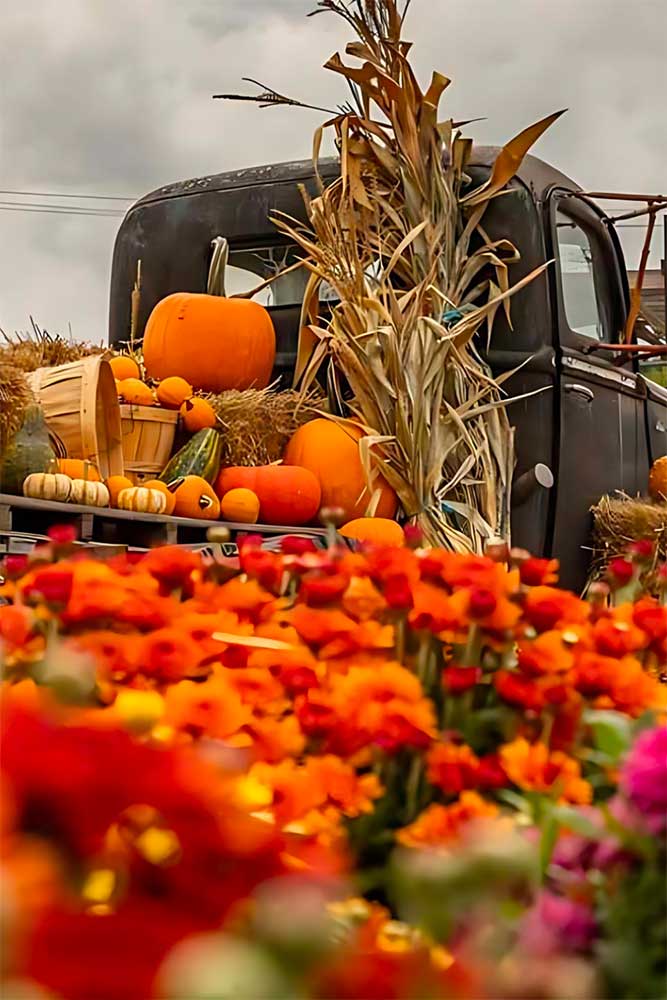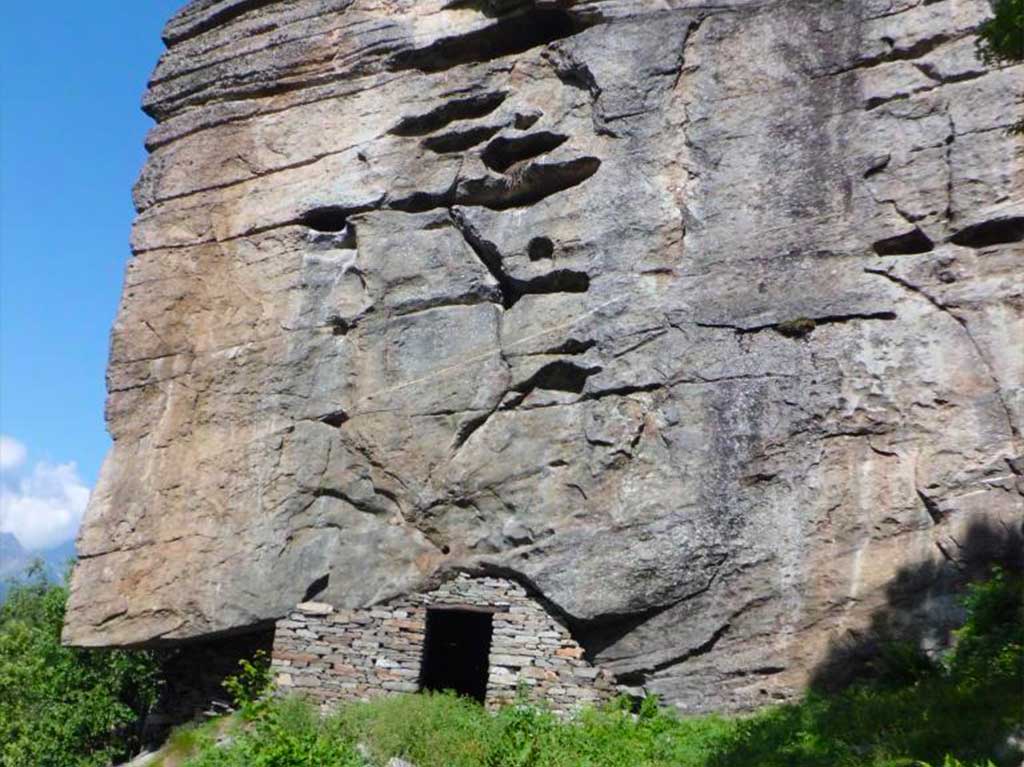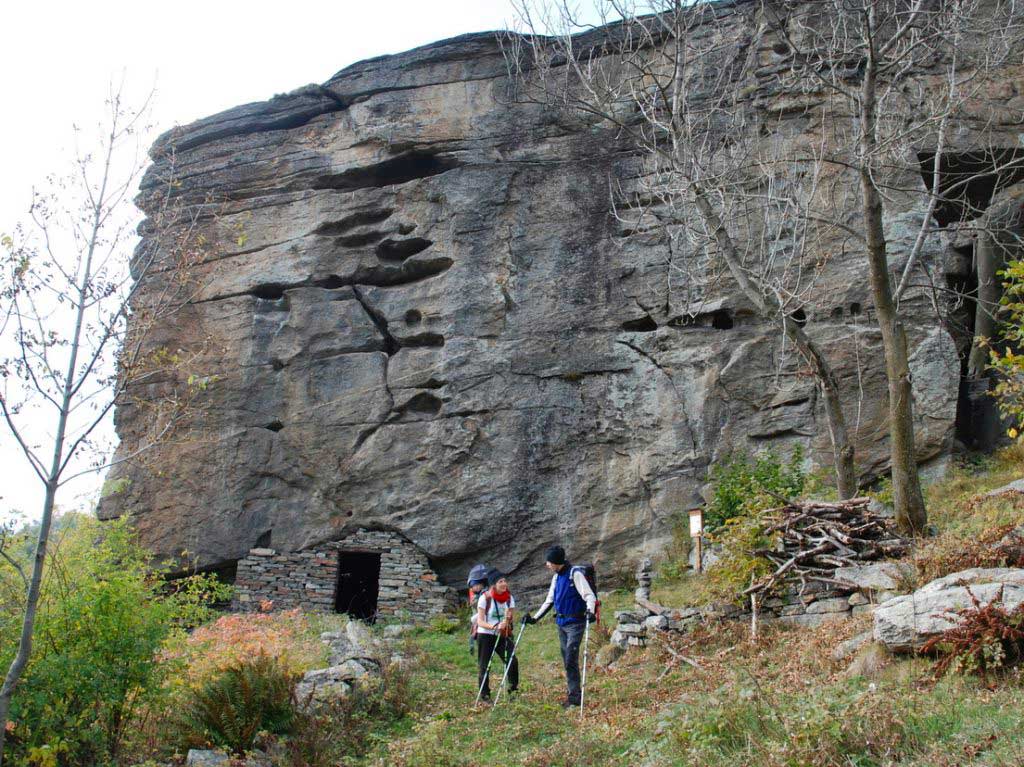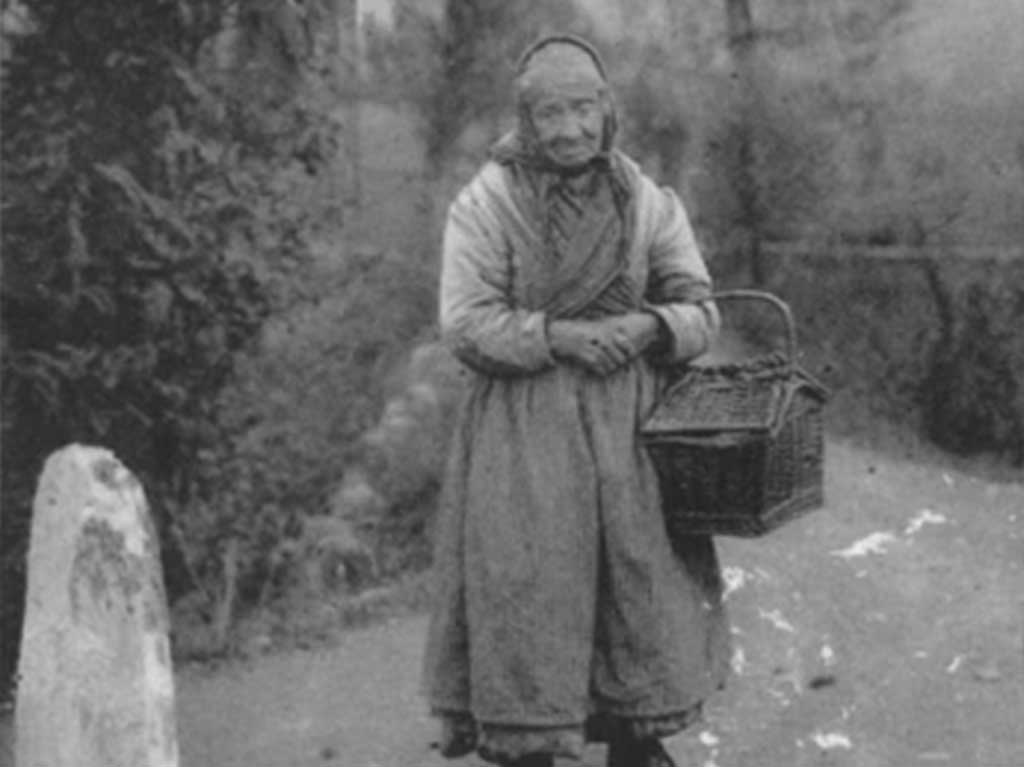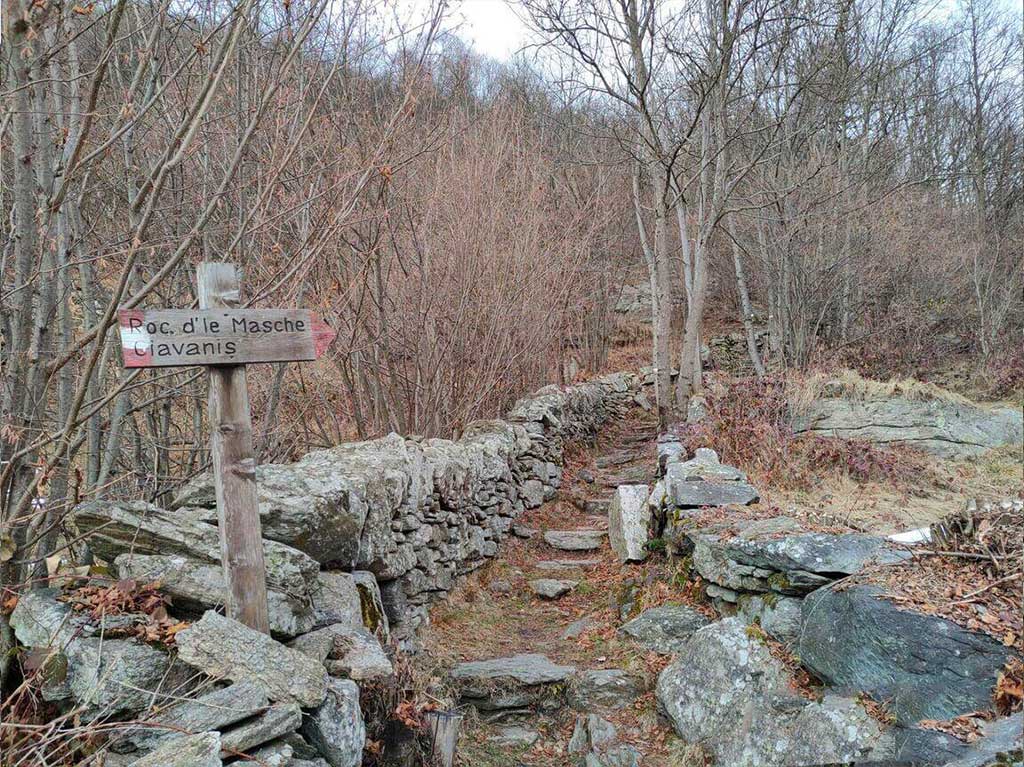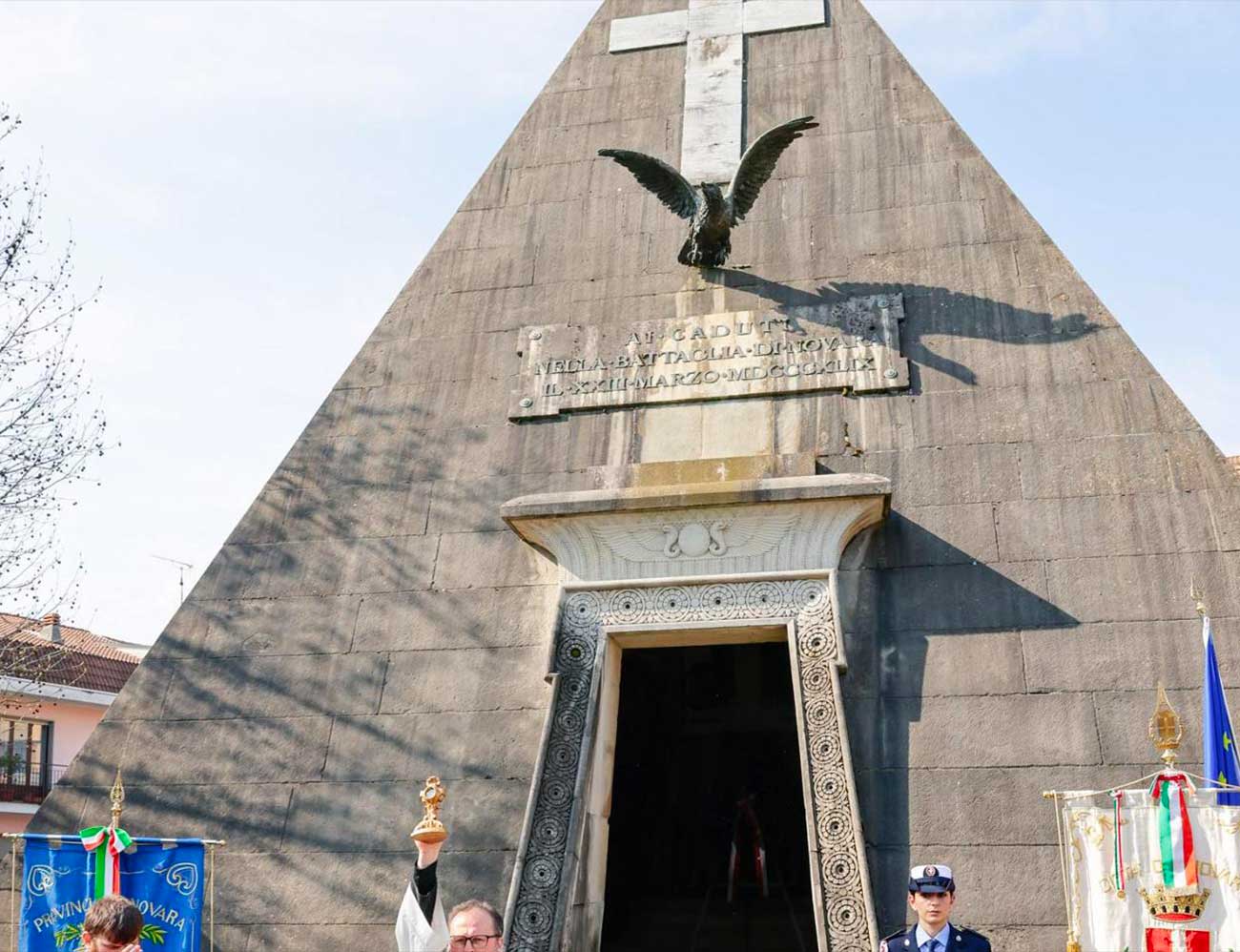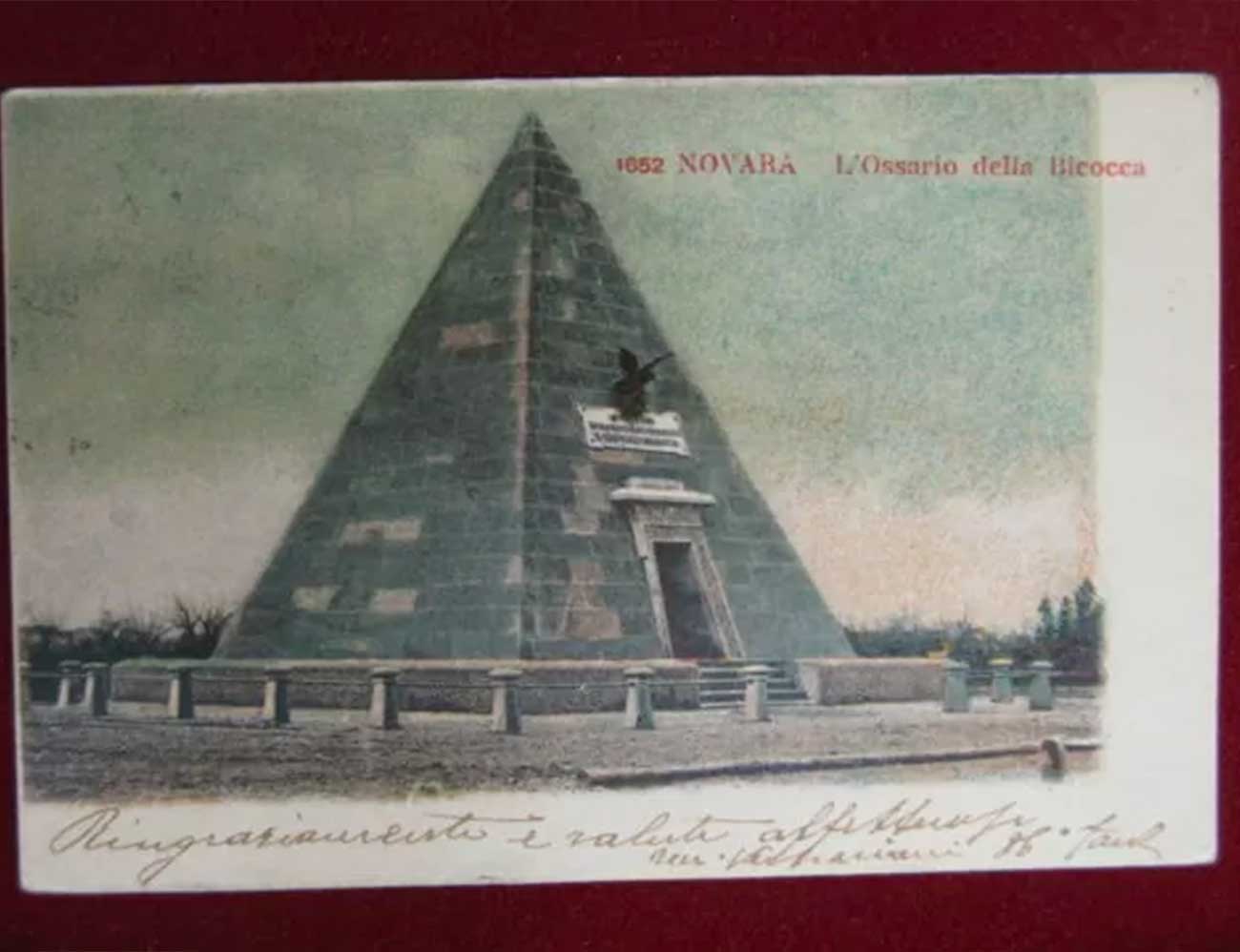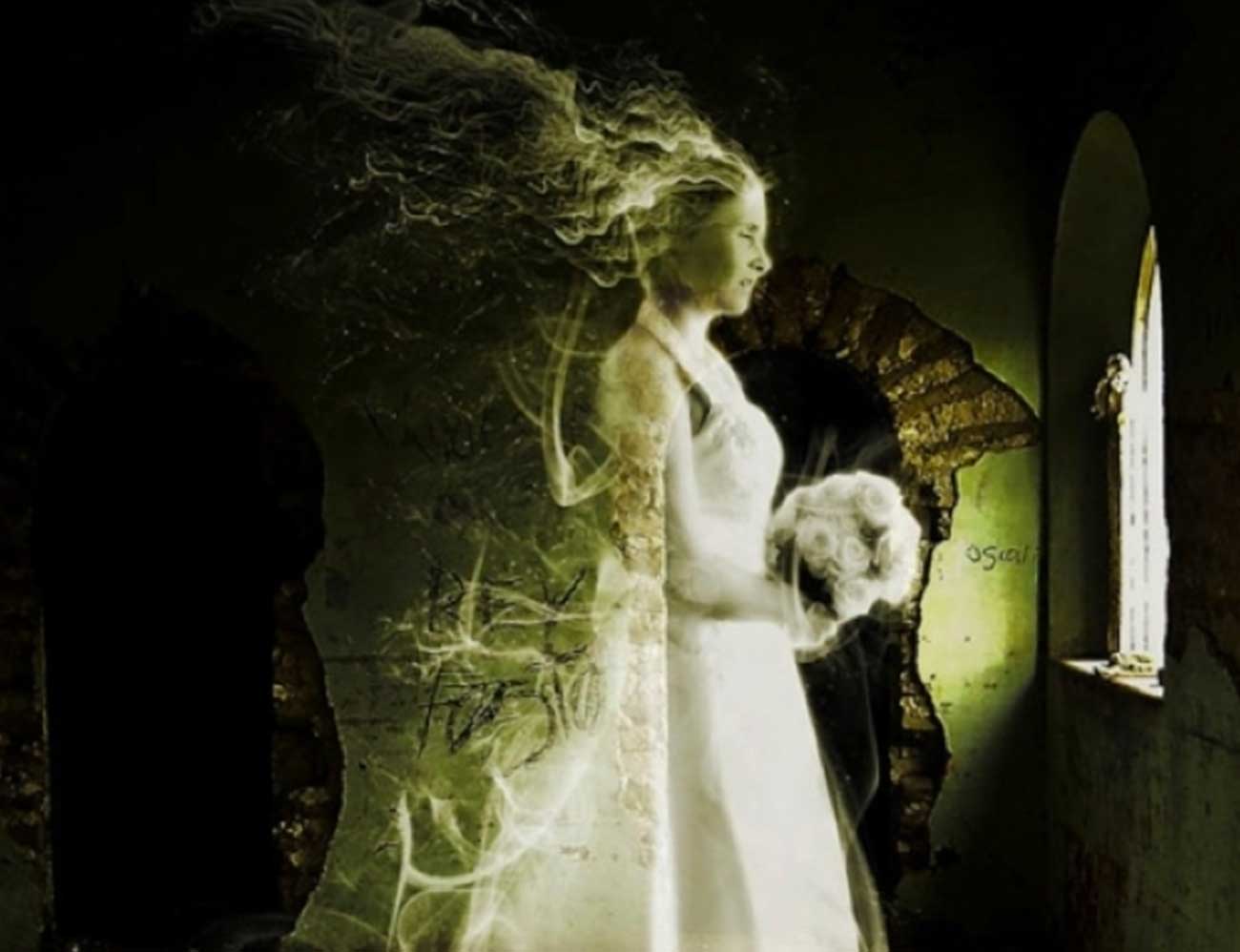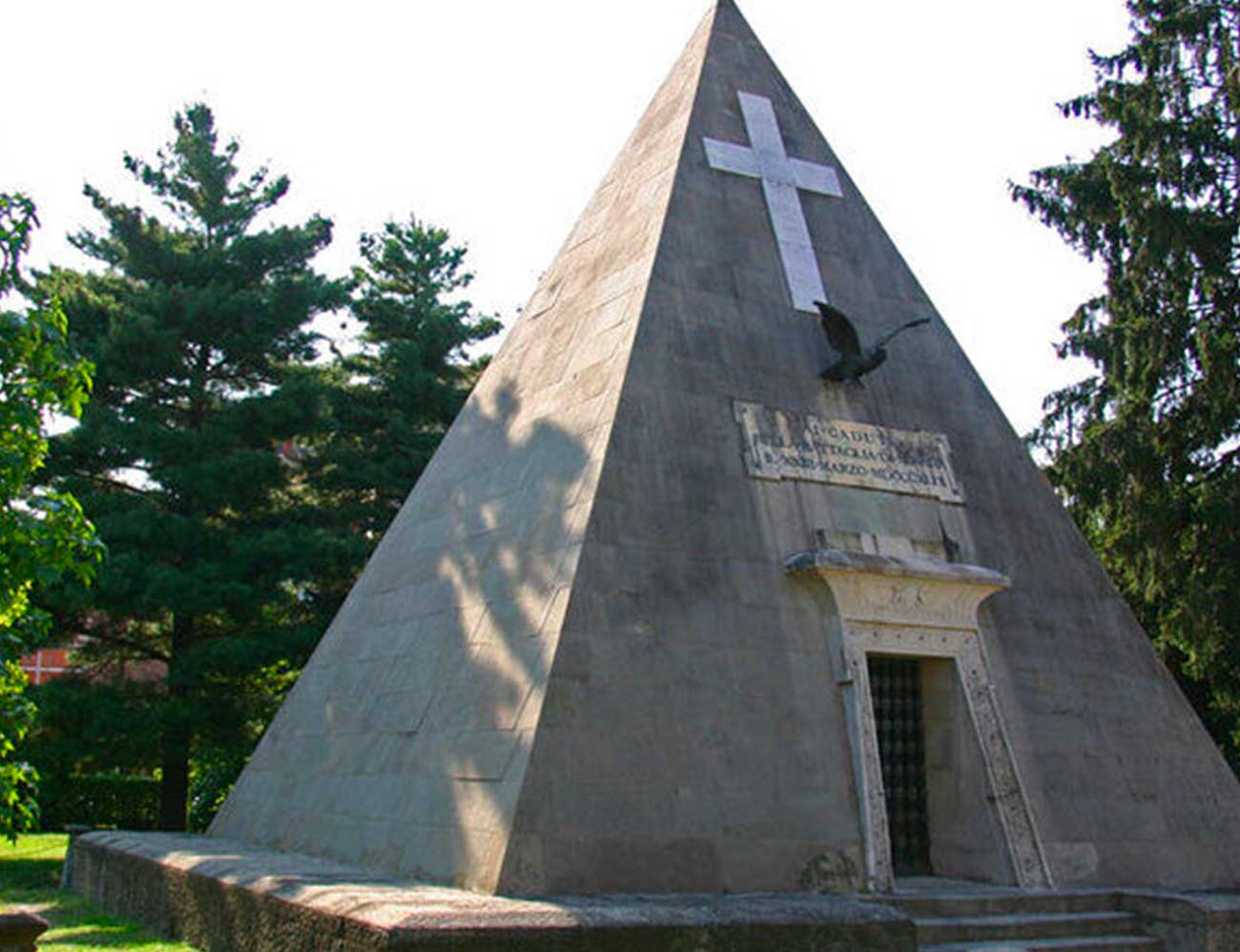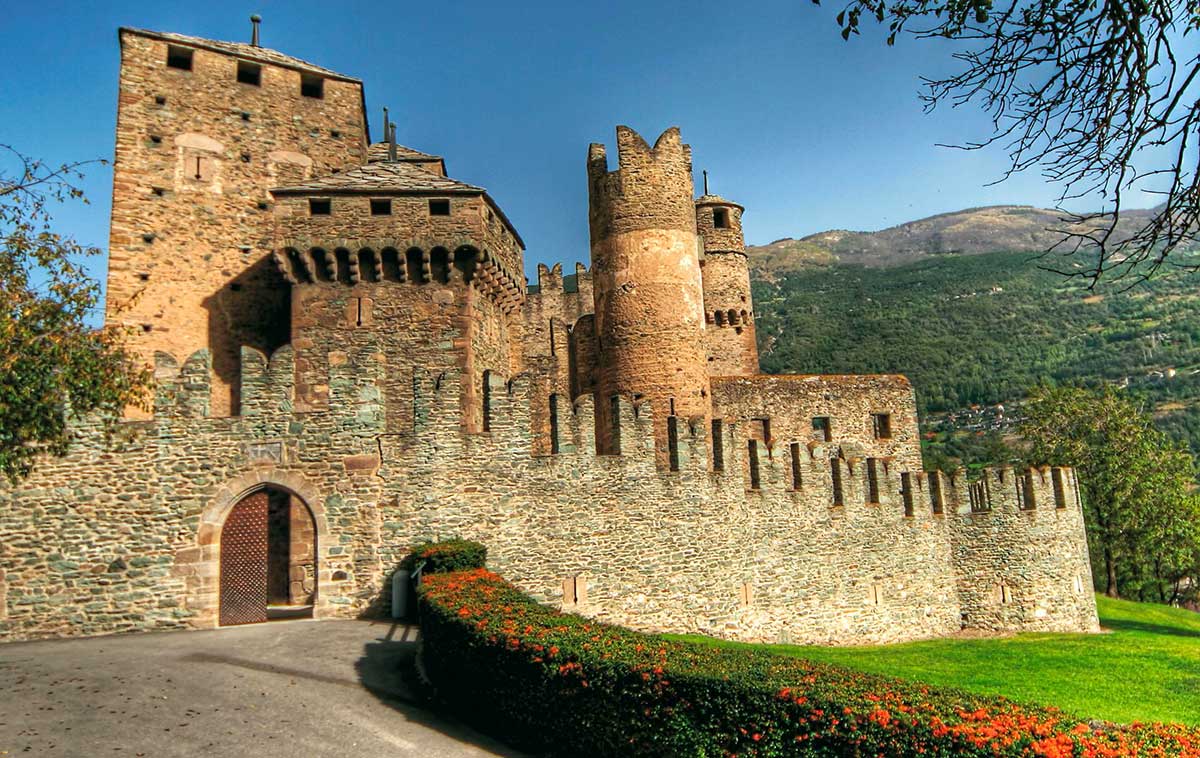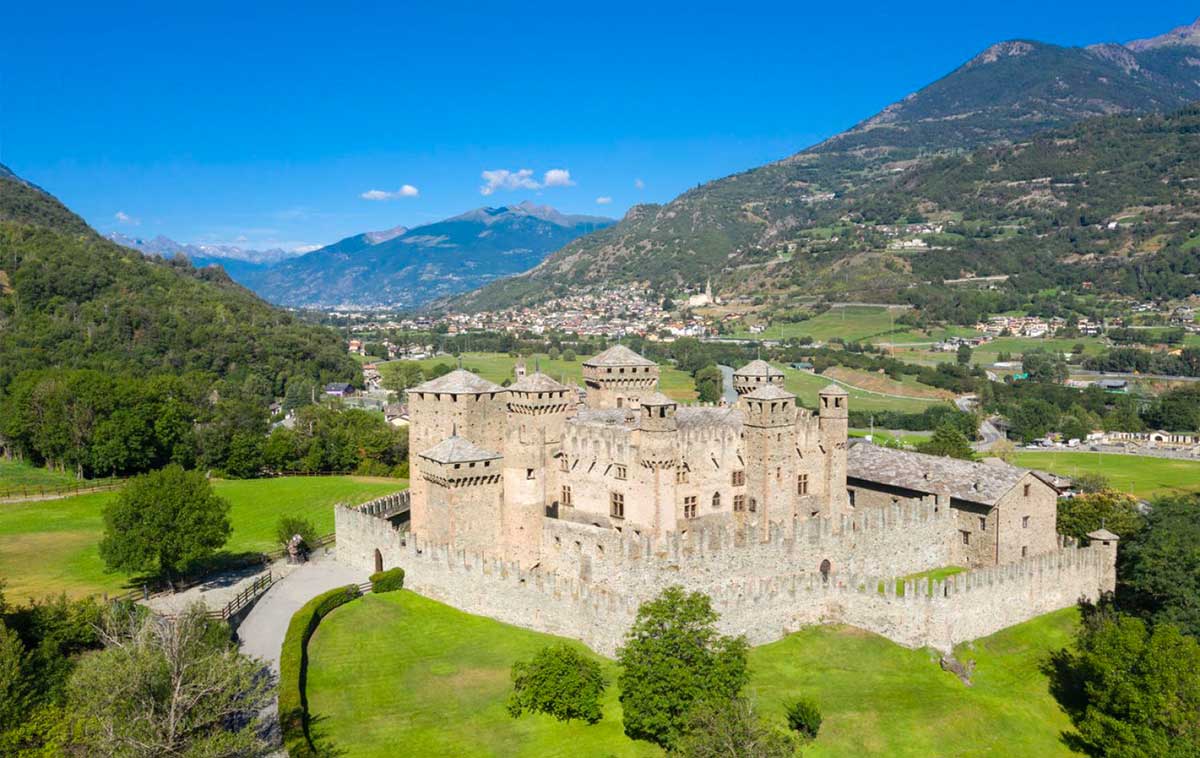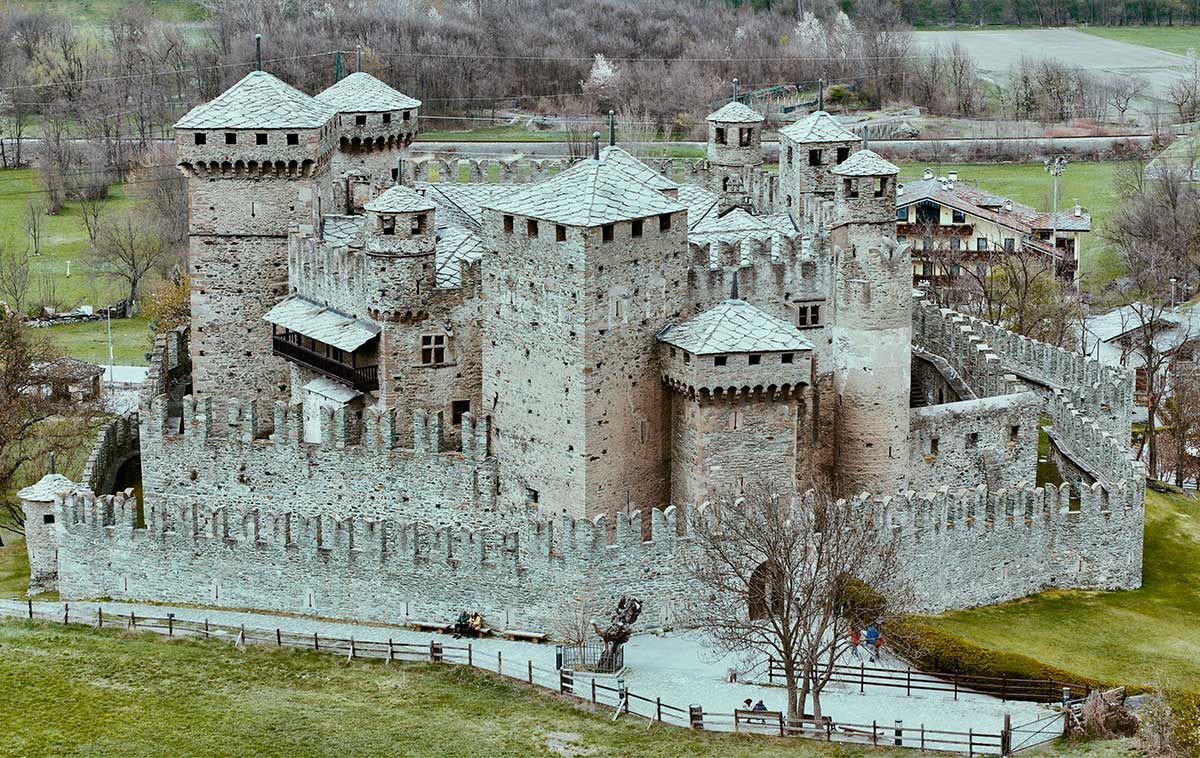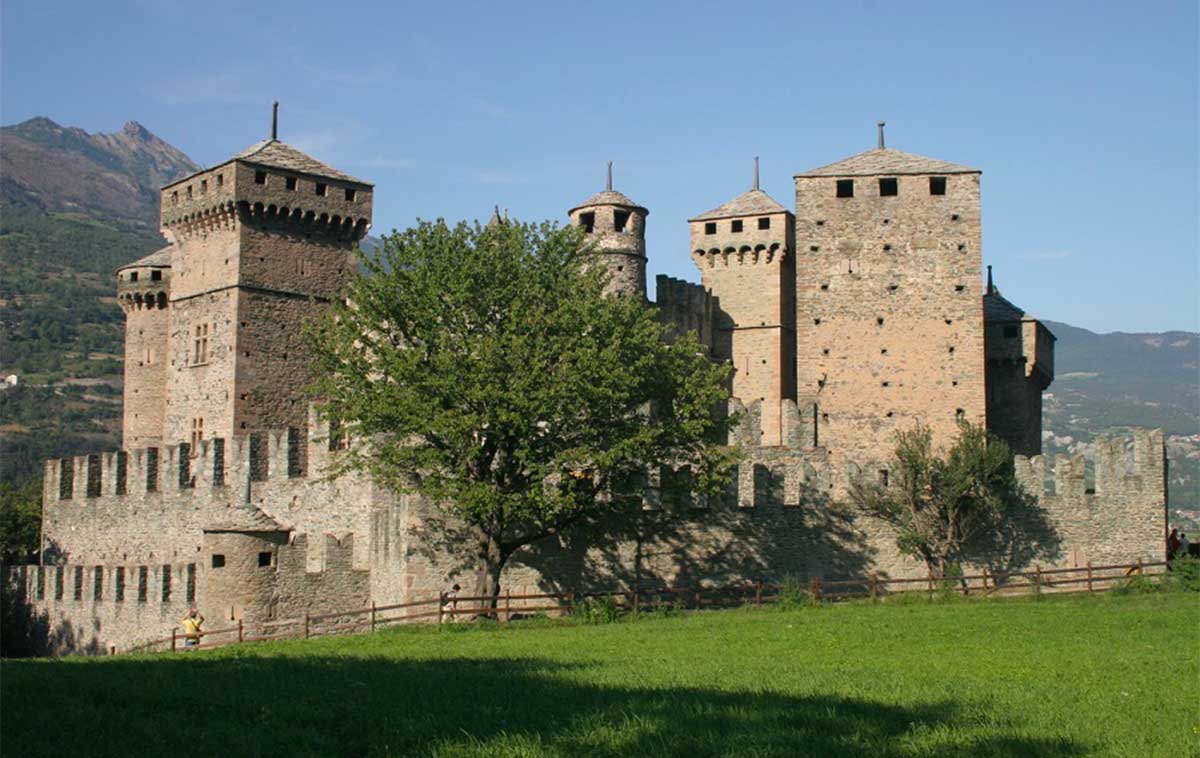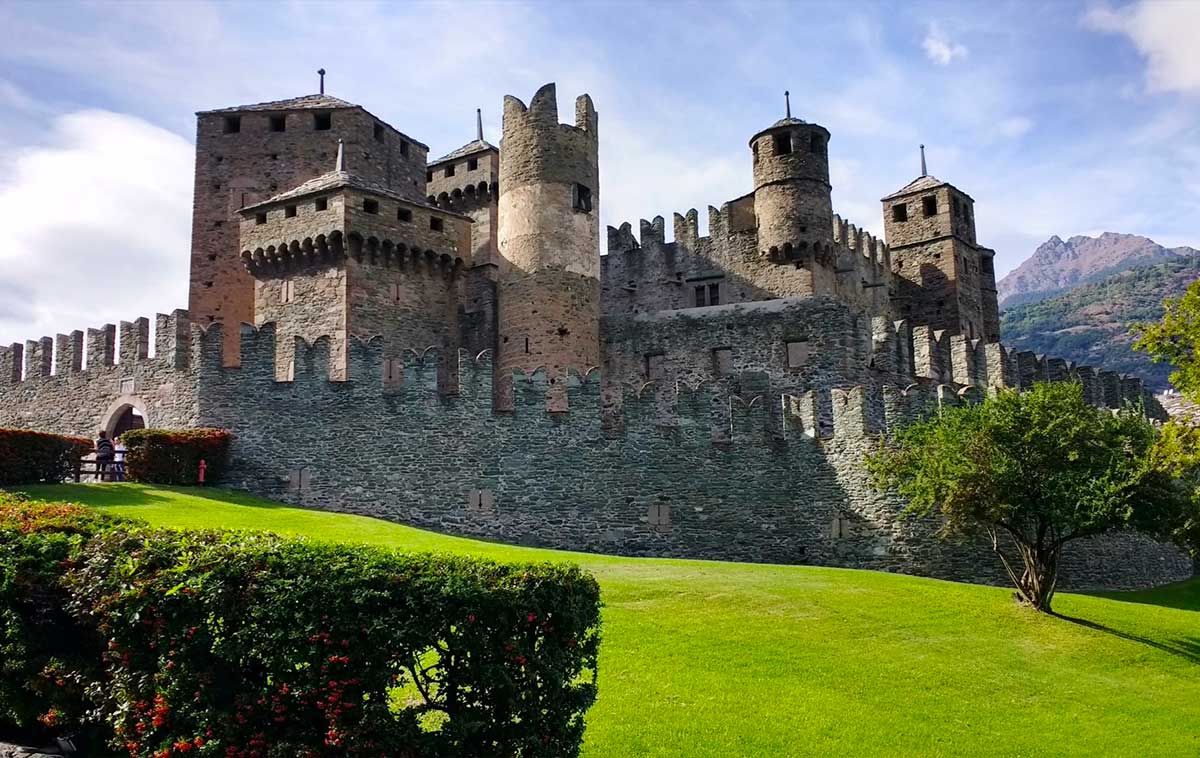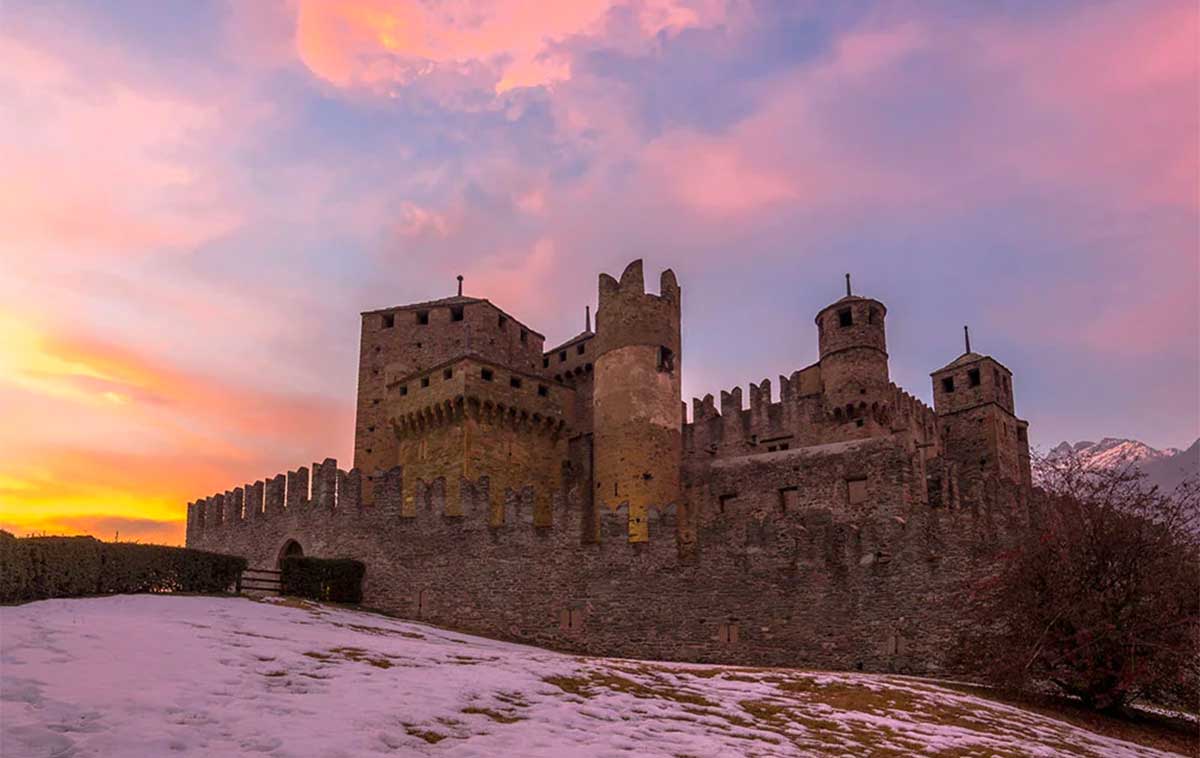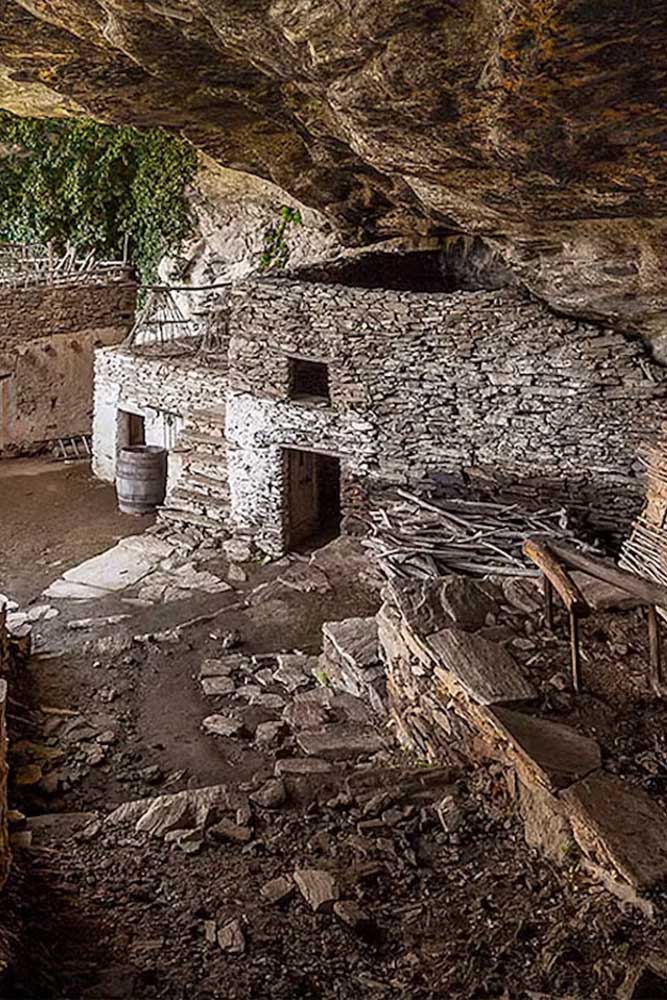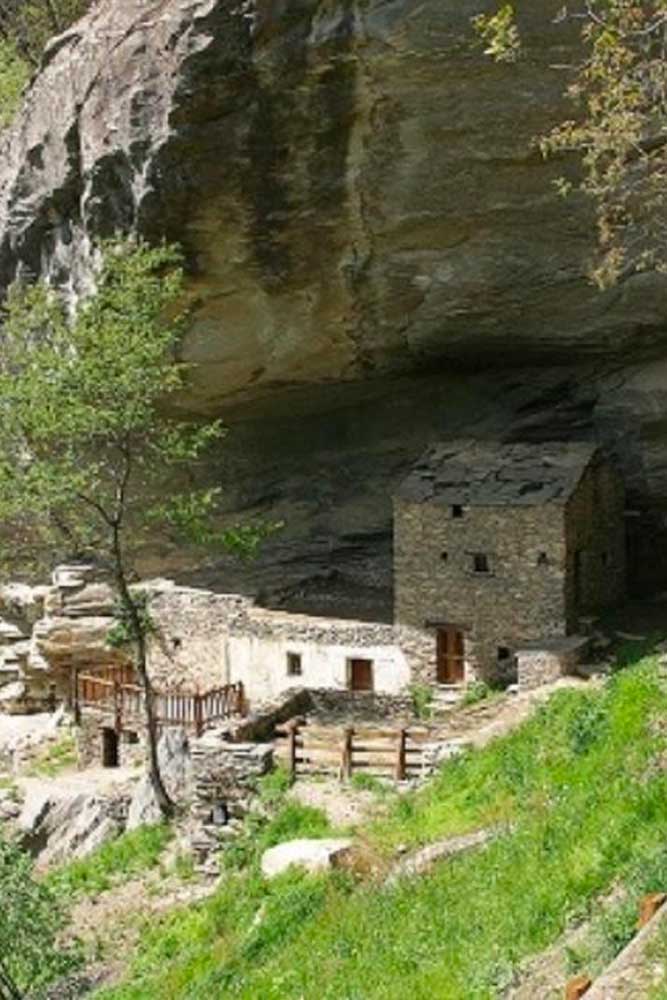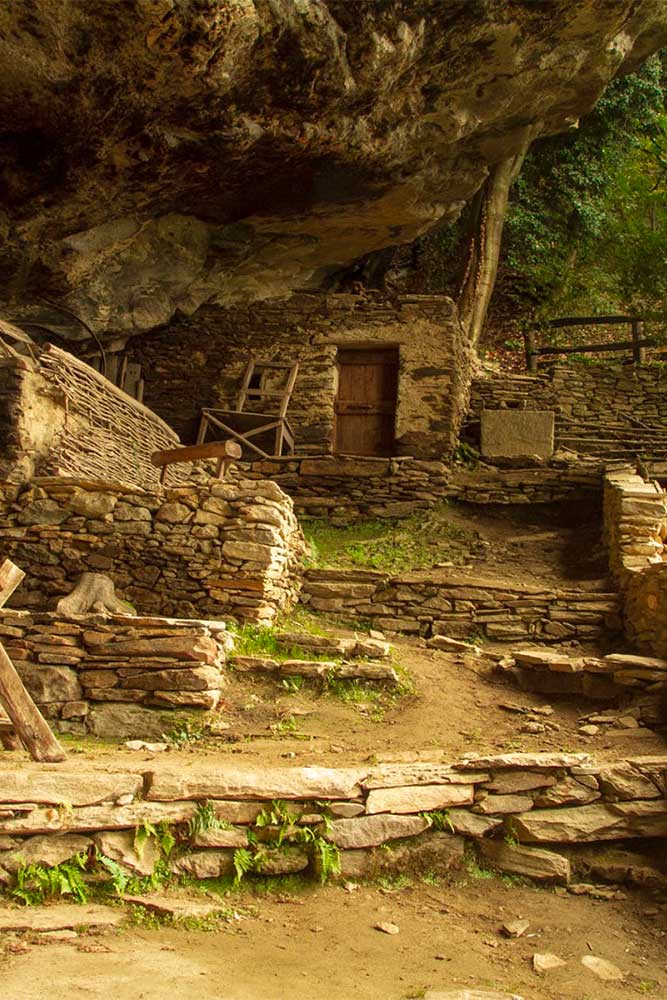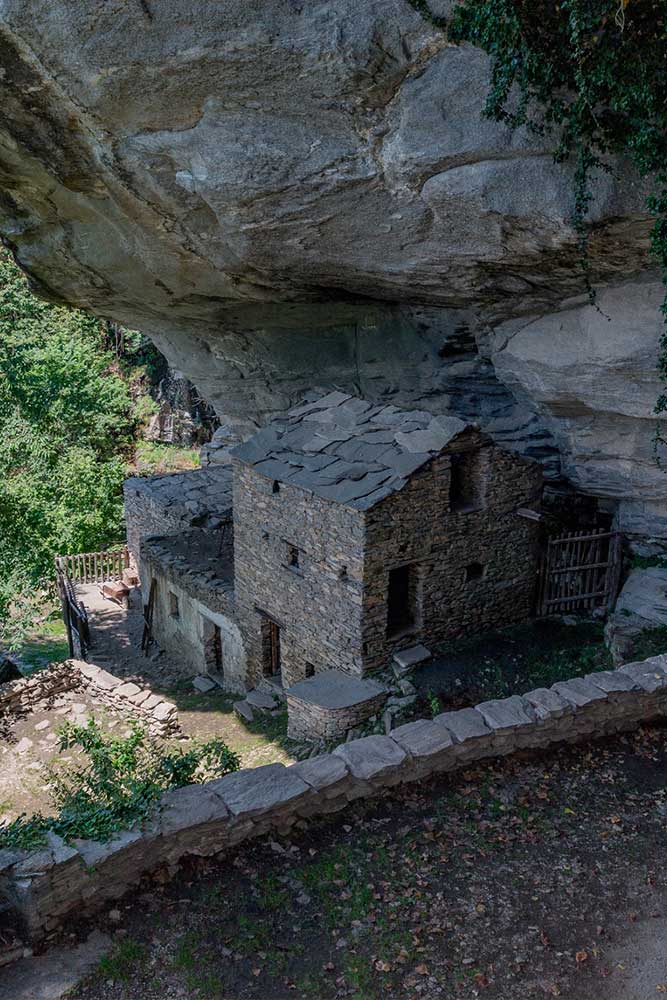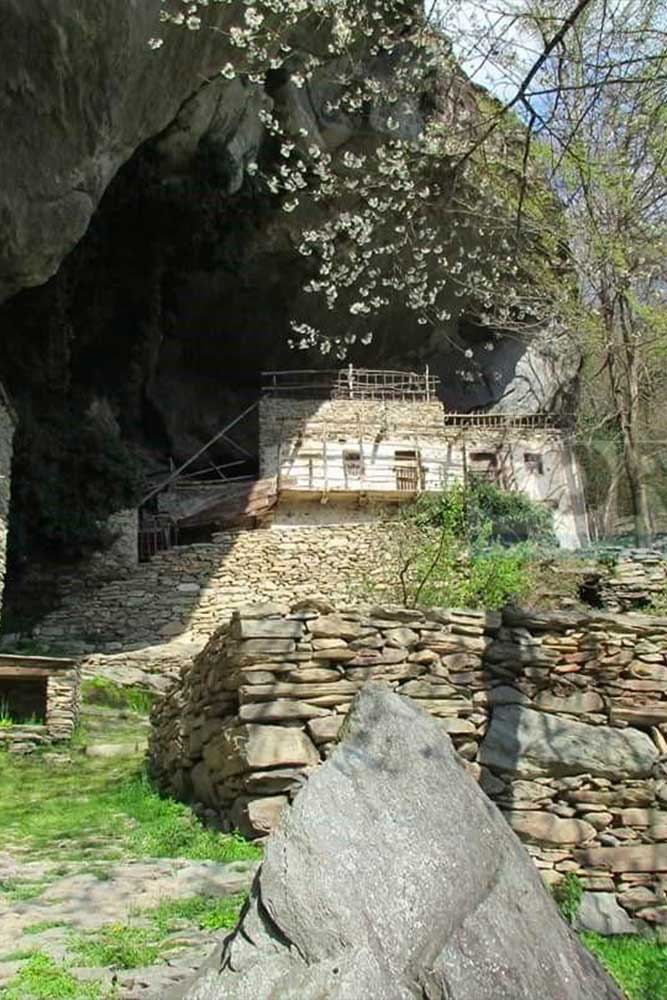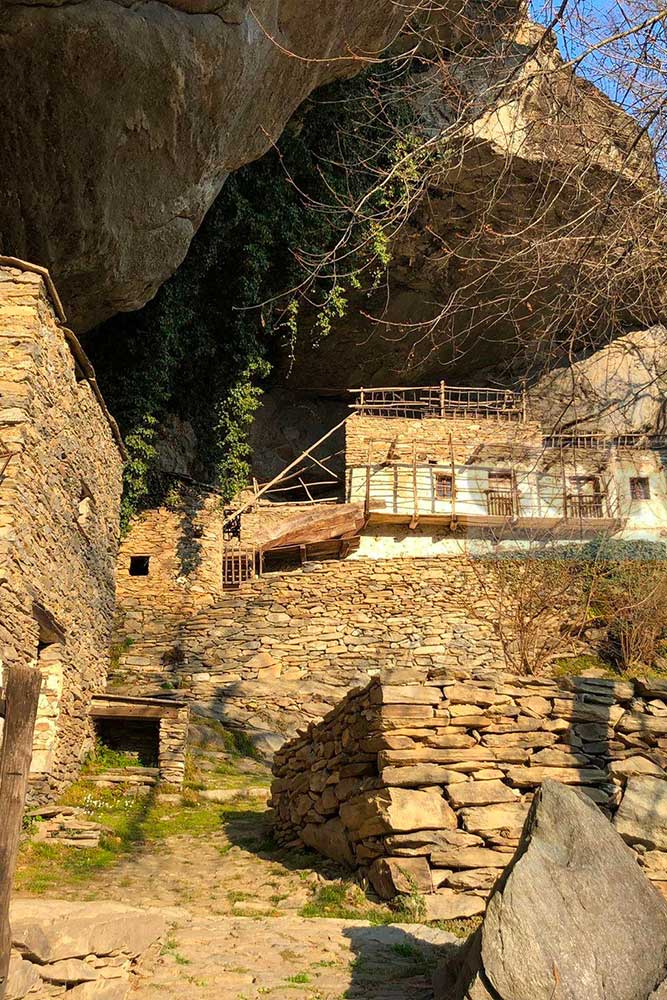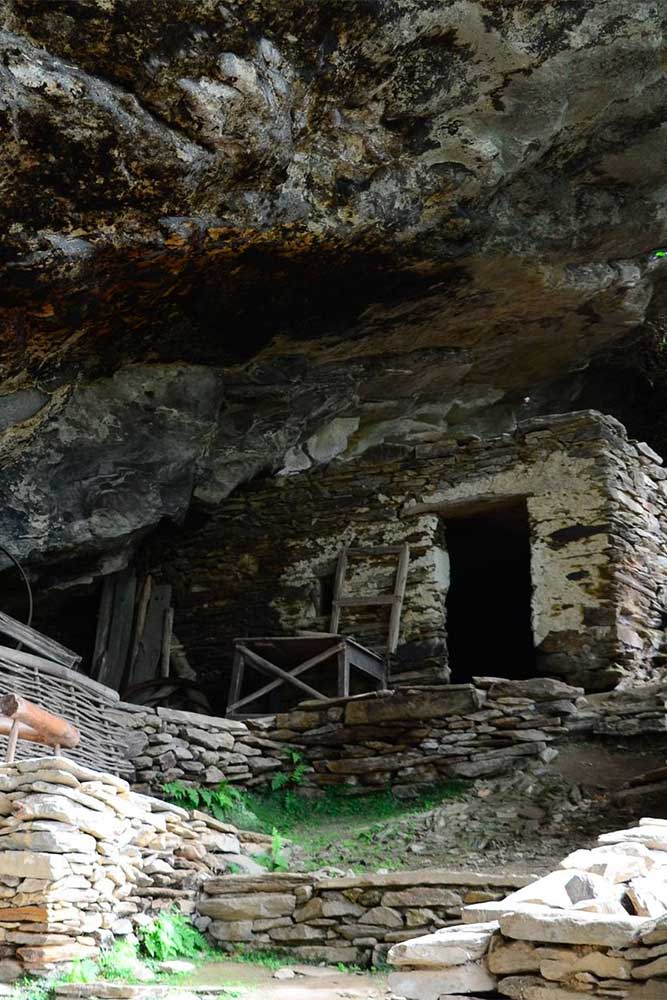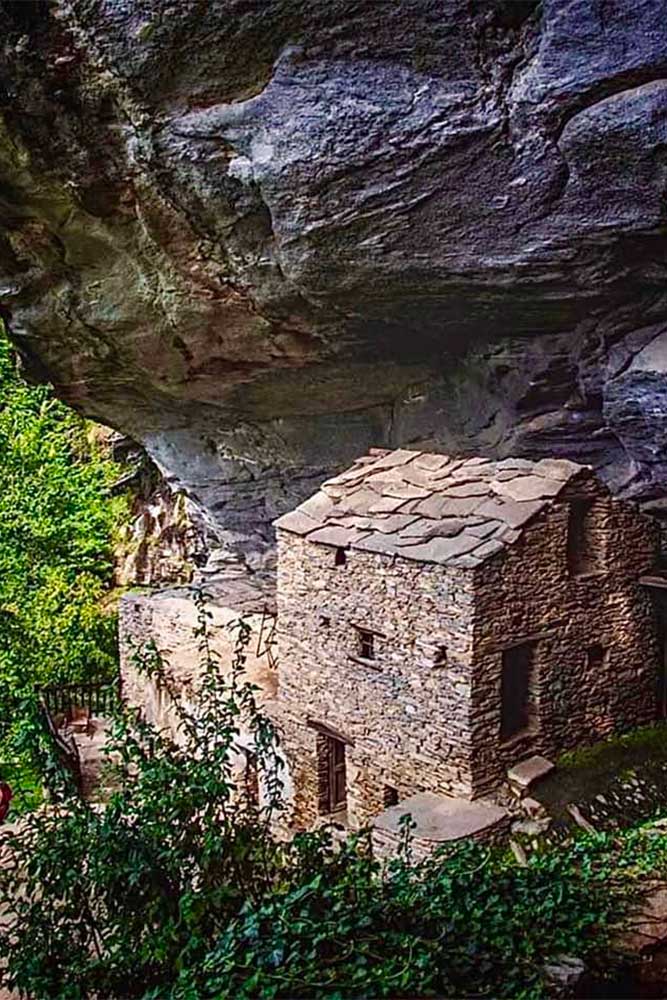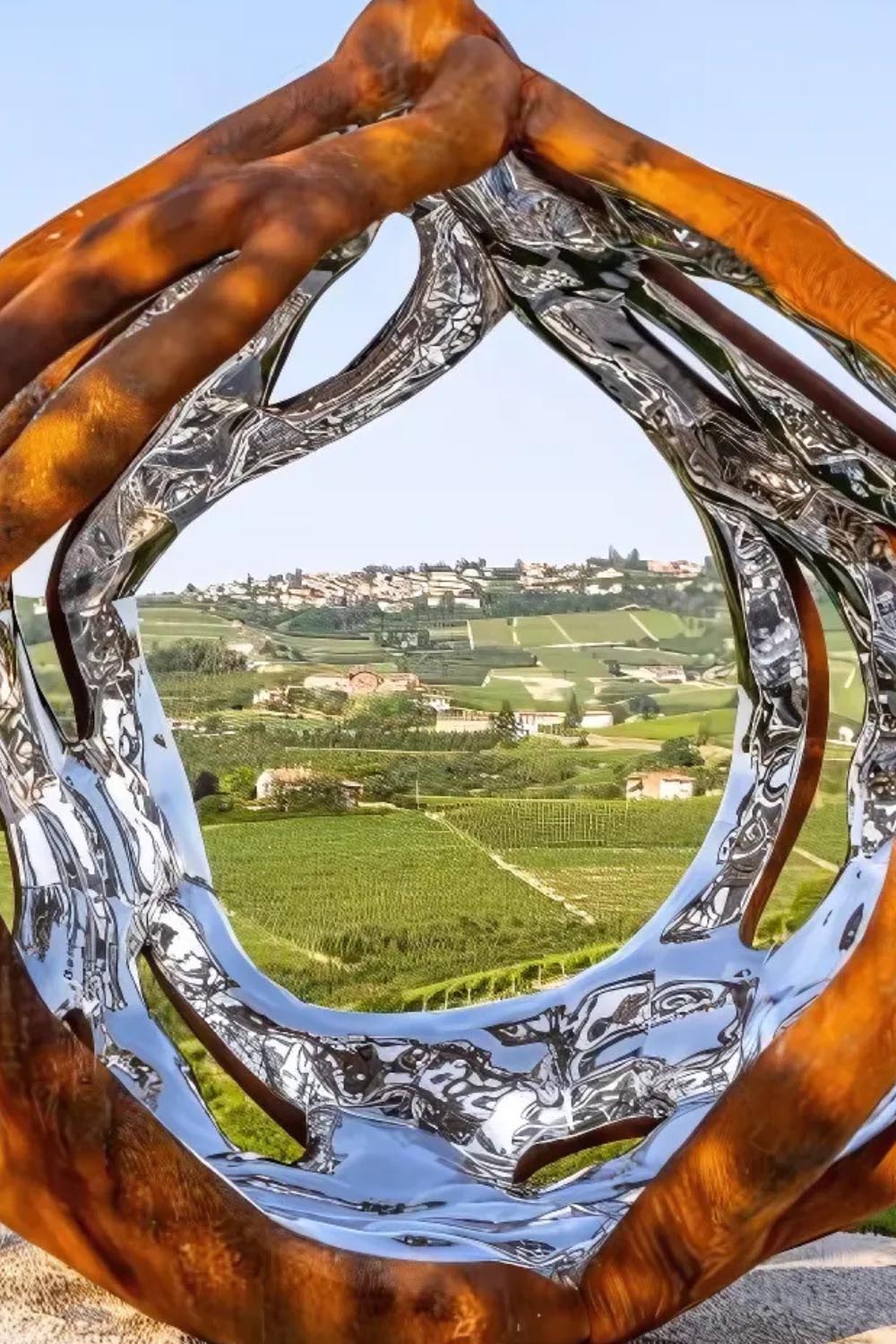Piedmont is a region that surprises not only for its elegant cities and breathtaking landscapes but also for its hidden curiosities. For lovers of the unusual and mysterious, this land has much to offer! Join me in discovering five destinations off the beaten path, perfect for exploring a different side of Piedmont.
1. The Cave Houses of Mombarone (Asti): A Journey into the Past
A few kilometers from Asti, in the locality of Mombarone, lie the fascinating Cave Houses carved into sandstone. These dwellings, used until the last century, are an extraordinary example of natural architecture, where inhabitants exploited the characteristics of tuff rock to maintain a stable internal temperature—cool in summer and warm in winter. Visiting this site feels like traveling back in time, exploring small underground cellars (crutin) and discovering how life once unfolded in these remarkable homes. A perfect experience for history lovers and those seeking authentic rural atmospheres.
2. The Upside-Down House of Beinasco: A Reality Turned on Its Head
If you like the idea of seeing the world from a different perspective, you must visit the Upside-Down House of Beinasco, an installation that has gained attention for its quirky design. This house, literally upside down with its roof on the ground and foundations facing the sky, is a work of art that makes you reflect on perception and how architecture can play tricks on our minds. Perfect for an unconventional visit and some unique photos!
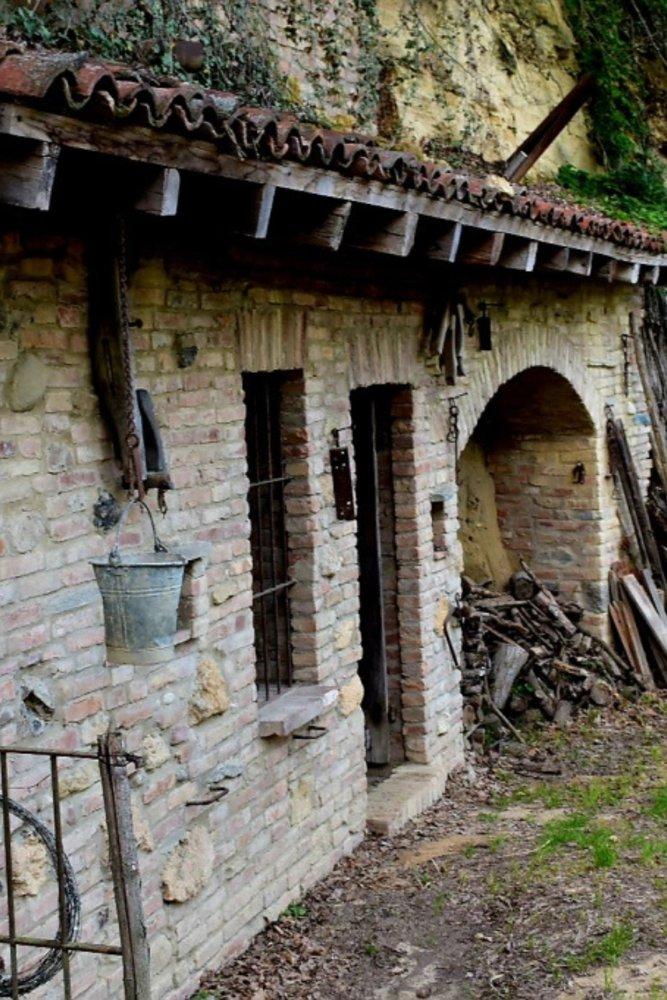
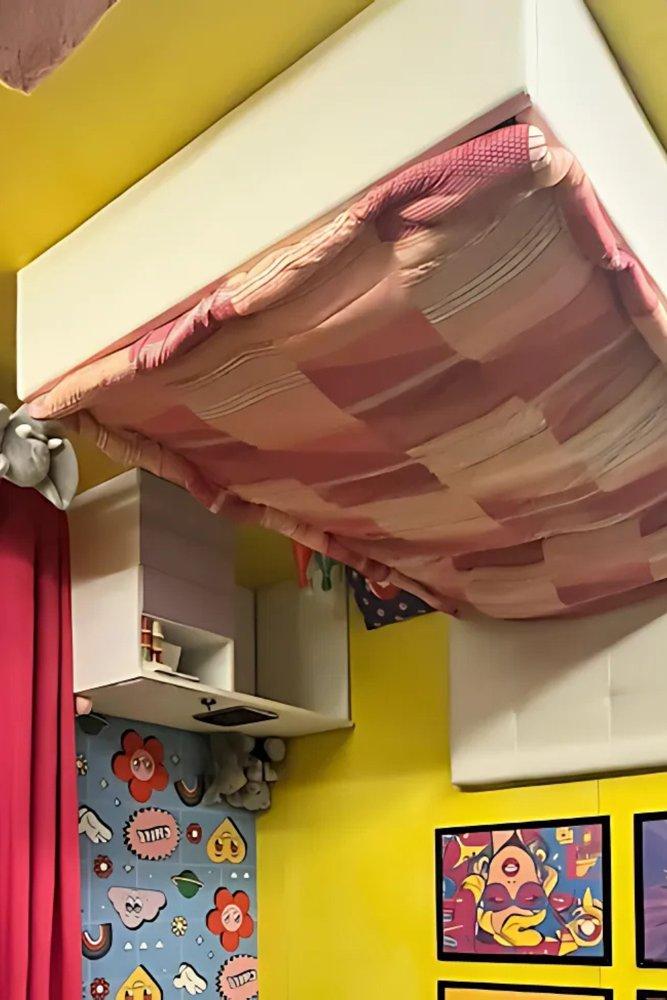
3. The Sanctuary of Vicoforte: The Largest Elliptical Dome in the World
Piedmont is rich in architectural gems! One of the most fascinating is undoubtedly the Sanctuary of Vicoforte. This imposing religious building near Mondovì houses the largest elliptical dome in the world, a masterpiece of Baroque architecture that attracts enthusiasts and pilgrims from all over. Beyond its impressive size, the sanctuary captivates visitors with its interior frescoes depicting episodes from the life of the Virgin Mary, offering an unforgettable mystical and cultural experience.
4. The Giant Nativity Scene of Mosso: A Life-Size Christmas Tradition
In the Biellese Valleys, the small village of Mosso preserves a true treasure of Christmas tradition: the Giant Nativity Scene. This nativity scene, featuring life-sized figures, is set up every year along the village streets, creating an enchanted atmosphere that attracts visitors from across Piedmont and beyond. In addition to the beauty of the statues, the uniqueness of this nativity scene lies in its seamless integration with the town’s streets and houses, transforming the village into a biblical landscape.
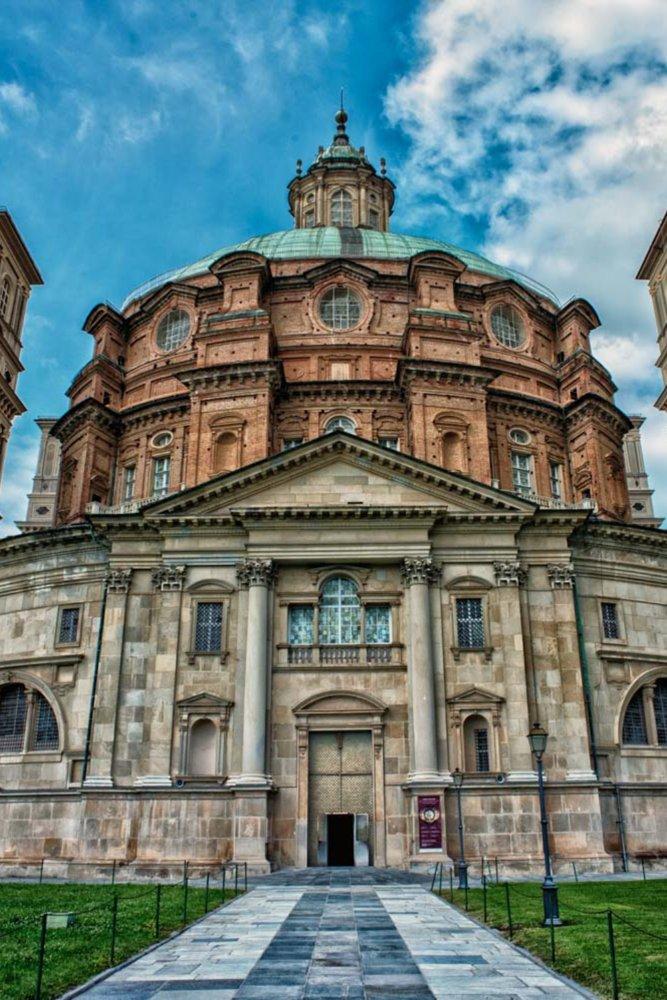
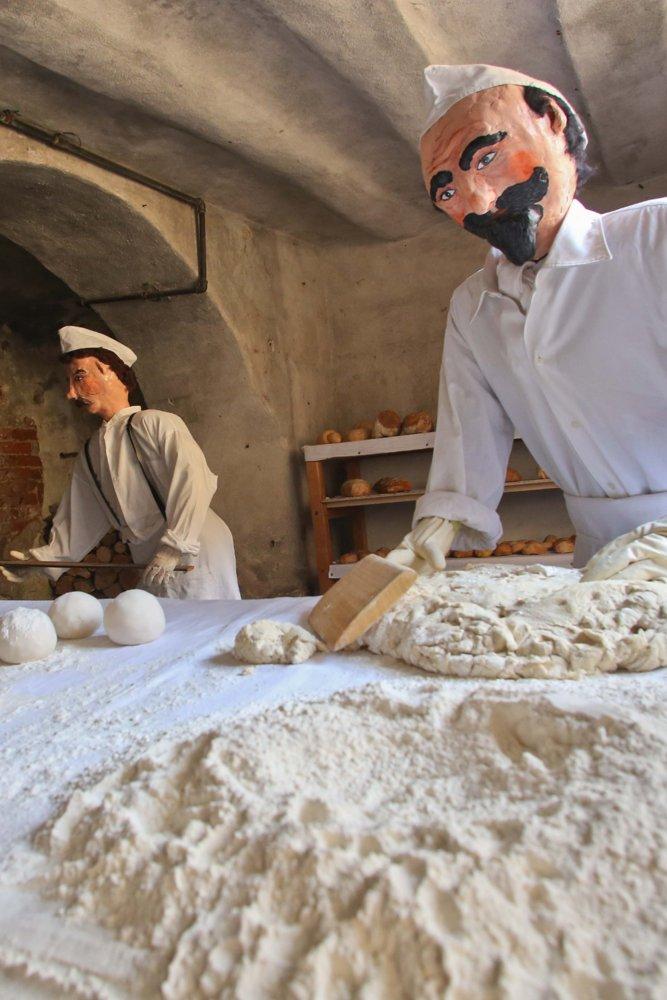
5. Mulino Val: The Charm of Ancient Craftsmanship
If you are fascinated by traditions and ancient craftsmanship, you cannot miss Mulino Val. Nestled in the Piedmontese hills, this old water mill is still operational and offers a glimpse into the past, showing how grain milling was done centuries ago. Here, you can see the stone grinders in action and experience a piece of living history, recounting an era when life was dictated by the rhythms of the seasons and manual labor.
Piedmont is a region full of surprises! Beyond its famous sites and well-known landscapes, there is a hidden and unusual side just waiting to be discovered! The Cave Houses of Mombarone, the Upside-Down House, the Sanctuary of Vicoforte, the Giant Nativity Scene of Mosso, and Mulino Val are just a few of the wonders that make this region a true trove of curiosities. If you’re looking for an off-the-beaten-path adventure, consider visiting these places—they are sure to captivate and leave you in awe!
